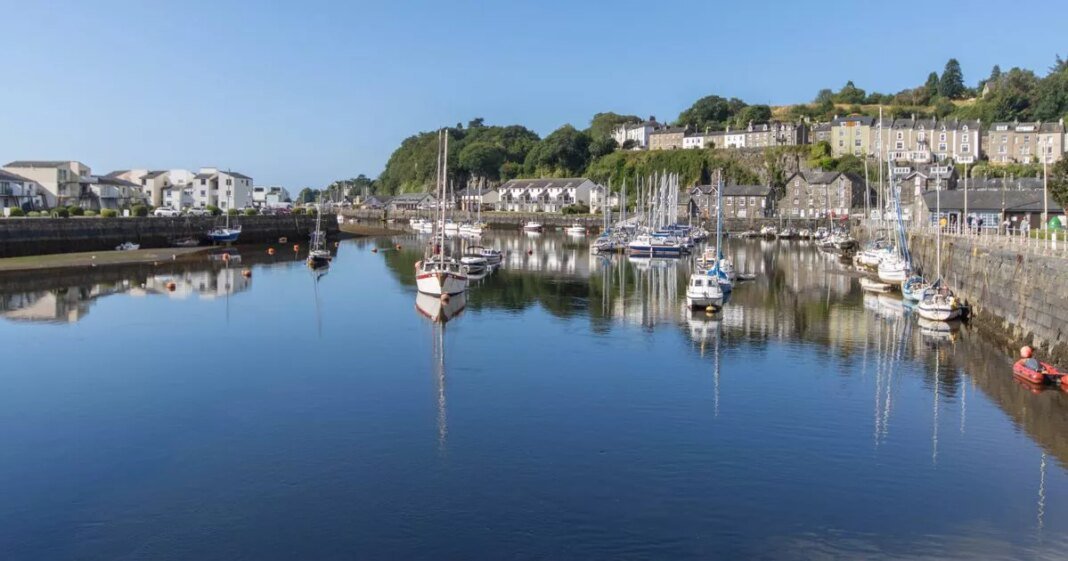In North Wales, a town experienced a revival after the collapse of its industry. Porthmadog, a charming harbor town situated near the Eryri/Snowdonia National Park and the Afon Glaslyn estuary, rebounded from economic hardship. Known locally as ‘Port,’ the town, established in 1810-11 by William Madocks, saw the construction of the Cob sea wall, reclaiming land for agriculture and creating a new harbor.
The town’s prosperity grew as quarry companies set up wharves along the shore, facilitating the transportation of slate from Ffestiniog to Porthmadog for export. Despite reaching peak slate shipments in 1849, the decline in production due to industrial disputes and poor working conditions led to a downturn in the industry.
By the early 20th century, Porthmadog’s harbor faced decline as traditional sailing ships dwindled, replaced by steam transport and rail connections that reshaped trade routes. The town witnessed its last significant slate cargo departure in 1946, marking the end of its industrial slate port era.
Rather than succumb to decline, the town pivoted towards tourism, leveraging its scenic location near a national park and rugged coastline. Today, Porthmadog thrives as a popular holiday destination, drawing visitors with attractions such as vintage railway rides, traditional pubs, and Blackrock Sands.
The town’s main highlight is the historic Ffestiniog Railway, established in 1832 as the world’s oldest narrow-gauge railway. Offering various routes like the Gelert Explorer, Harbourmaster, and Woodland Wanderer, the railway showcases the region’s beauty.
The Mountain Spirit service provides a full journey from Porthmadog to Blaenau Ffestiniog, passing through picturesque landscapes and historic sites. The well-appointed First Class Pullman carriages and Observation Bay offer passengers a unique and scenic ride.
Beyond the railway, Porthmadog boasts a range of attractions, from harbor activities like crabbing to the Maritime Museum, which preserves the town’s maritime heritage. Visitors can also enjoy local pubs and eateries, immersing themselves in the town’s rich history and vibrant culture.

